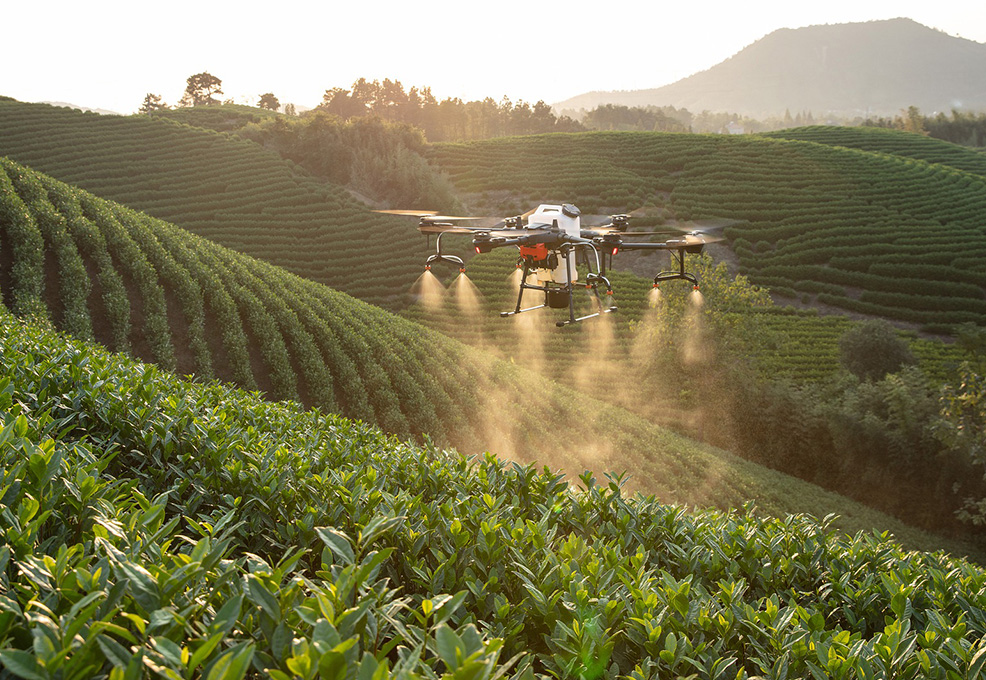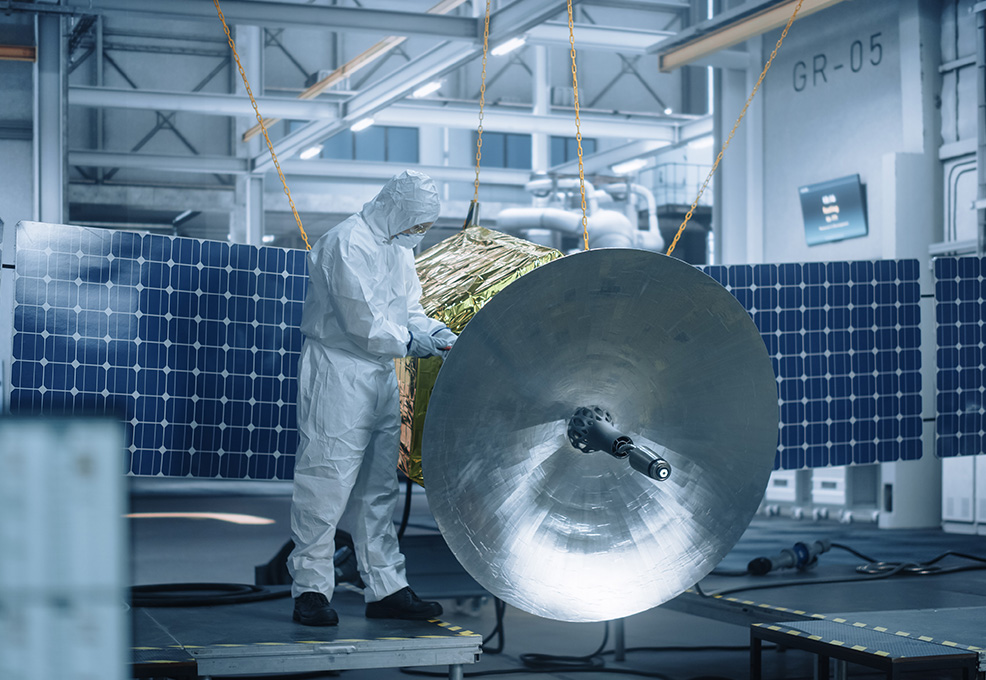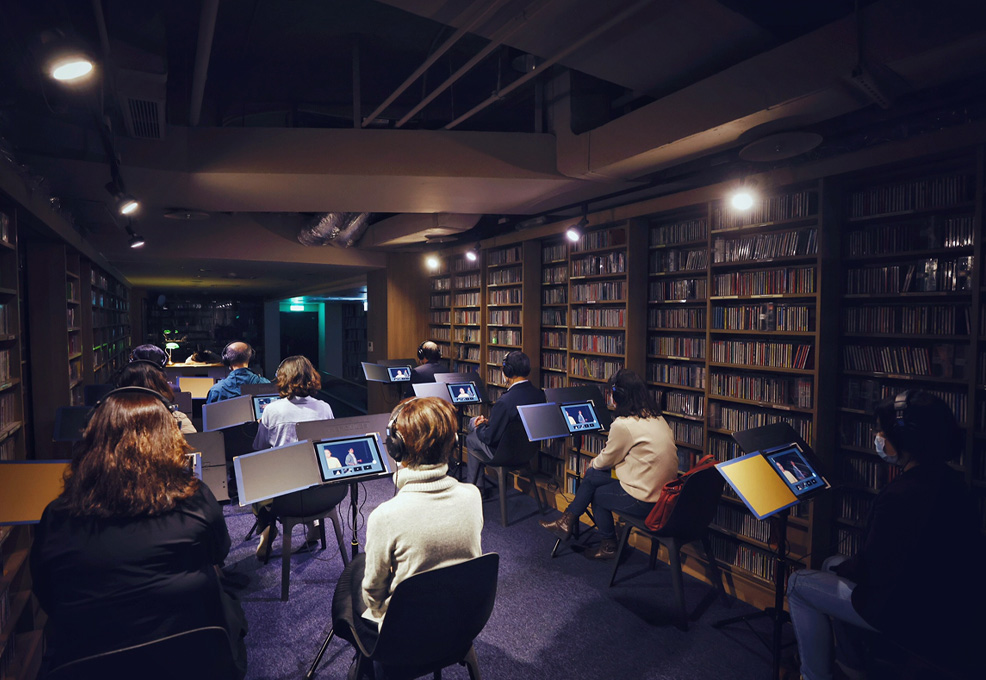Space Qualified Components for LEO Satellite Communication

https://ppt.cc/fPP2xx,created by Lxz2208180358
Author(s)
Yi-Jin Lu & Wen-Hsin ChangBiography
Yi-Jin Lu, Assistant Researcher, Science & Technology Policy Research and Information Center, National Applied Research Laboratories (Corresponding Author, email: yjlu@narlabs.org.tw
Wen-Hsin Chang, Research Assistant, Science & Technology Policy Research and Information Center, National Applied Research Laboratories
Academy/University/Organization
National Applied Research Laboratories-
TAGS
-
Share this article
You are free to share this article under the Attribution 4.0 International license
- ENGINEERING & TECHNOLOGIES
- Text & Image
- May 17,2021
In 2020, the world suffered from COVID-19 and extreme weather. Time Magazine also commented on a special article that extreme weather around the world has significantly threatened agriculture production. Besides the extreme weather, the ageing workforce is also having a negative impact on agricultural industry. According to the “World Food and Agriculture – Statistical Yearbook 2020” published by the Food and Agriculture Organization (FAO) of the United Nations, in 2019, 40% of the global total workforce was occupied in agriculture, while in 2020 the percentage was down to 27%. Due to the irreversible climate crisis and the workforce shortage, we face a challenge to maintain the agricultural system. However, developing and employing multi-disciplinary technologies in agriculture might be one of the possible solutions.
Technology trends in smart agriculture
Nowadays, the world is experiencing a new generation of technological revolution. The traditional industries, including agriculture, can be transformed by the integration of multi-disciplinary technologies. The burden from the workforce shortage could be resolved by employing smart devices, such as picking robots, spray drones, etc. The sensors can be combined with the Internet of Things (IoT) and Blockchain to construct a collaborative model, which can support farm management and decision-making processes.
Taking the promotion of agricultural transformation in the EU as an example, in 2015, the Alliance for Internet of Things Innovation was launched by the European Commission and created a large-scale pilot program called “Internet of Food and Farm 2020” (IoF 2020). It aimed to establish an ecosystem engaged with farmers, food enterprises, technology providers, research institutes and end customers, and to solve the problems encountered in the agricultural sector and food enterprises by using IoT technology. In this program, sandboxes in major fields, including farming, dairy, fruits, vegetables, and meat, were carried out. The increasing production of crops and the decreasing use of pesticides were part of the main outcomes of this pilot program. The collaborative model has successfully demonstrated that the integration of digital technologies can improve the performance in farm management and decision-making processes.
Next generation of smart agriculture
According to the “Smart Agriculture Global Forecast to 2025” published by MarketsandMarkets in 2020, the smart agriculture market will reach USD 22.0 billion by 2025. From 2020 to 2025, the CAGR is expected to arrive at 9.8%. A combination of new technologies and information infrastructure will lead traditional farming to smart agriculture. In the next stage, through the collaboration between human intelligence and machines, smart agriculture will advance towards super-automation mode. One of Gartner’s annual top 10 strategic technology trends in 2021 focuses on the concept of “super automation.”
It is estimated that, by 2025, for over 20% of the industrial and agricultural products worldwide, the end user will be the first and only contactor. In 2016, Japan had planned to build the first robot farm to solve the problem of the decline of the agricultural workforce. From seedlings transplantation to harvest, robots could complete the whole process. Unfortunately, it failed to become the mainstream in the agriculture industry due to the high cost and the limited application in terms of crop types. However, since the COVID-19 pandemic has had a huge impact on the global economy, industrial automation, which we call “zero touch business,” is once again in focus.
The research and development of smart agriculture in Taiwan
In response to the international trends in agriculture development and the challenges of domestic agriculture production, the Council of Agriculture (COA) had planned a “Smart Agriculture Program” since 2017 to address the issues of fragmentation of farming land, ageing farmers, high risk of agriculture management caused by extreme weather, etc. It features smart production and digital service. Through integrating traditional agricultural technologies with advanced technologies, such as smart devices, sensors, IoT, block chain, etc., it hopes to achieve intelligent agricultural production and digital agricultural marketing services.
The development of smart agriculture in Taiwan has gradually secured the efficient production, while the digital marketing model and industrial transformation can be further improved. It is expected that the construction of a common information platform, combined with big data analysis could strengthen safety and risk management. The goal is to attain high crop quality and convenient services. Under the guidance of Taiwan Agricultural Research Institute, COA, coordinating with other corporations, completed the establishment of the “smart greenhouse vegetable and fruit cultivation demonstration base” in 2020. It is an information platform which integrates the cultivation experience of the experts, data collected from the sensors, and analysis tools with artificial intelligence algorithms. When a request is made, the system can provide a corresponding decision-making suggestion, which is proposed through the synergy of human intelligence and artificial intelligence. Using a greenhouse as a demonstration to establish an operational model, we expect this decision-making supporting system could be eventually applied to agricultural fields. The goal is to provide safe and secured food for people, and maintain the safety and sustainability for the environment and ecology.
Concluding Remarks
Agriculture used to be an important industry supporting economic development in Taiwan. However, with the change in the population structure, the decline of the agricultural workforce, coupled with trade liberalization and the intensified climate change, agricultural production has been dramatically affected. The government has planned to establish a new model of agricultural management through the investment in science and technology programs. Currently, the construction of the main infrastructure is complete, and the government continues to invest in the establishment and application of operational models. It is hoped to address challenges of agricultural development by using multi-disciplinary technologies as Internet of Things (IoT) and Blockchain to assist in the agricultural transformation and upgrade.
References
- FAO(2020). Statistical Yearbook | World Food and Agriculture 2020. Retrieved from: http://www.fao.org/3/cb1329en/CB1329EN.pdf
- Gartner(2020). Top 10 Strategic Technology Trends for 2020. Retrieved from: https://www.gartner.com/en/publications/top-tech-trends-2020
- MarketsandMarkets(2020). Smart Agriculture Market – Global Forecast to 2025. Retrieved from: https://www.marketsandmarkets.com/Market-Reports/smart-agriculture-market-239736790.html?gclid=CjwKCAjwh472BRAGEiwAvHVfGnABdpubuMTPIoIc5bHbVEk5ikLaX4s4ajFIDED-TTdXD-DOstoOXBoCT-kQAvD_BwE
- Chen, J.J., and Yang, C.K.(2017). Promotion of smart agriculture in Taiwan – A turnaround in Agriculture. Public Governance Quarterly, 5, 4: 104-111
- Lu, C.T.(2020). Innovative application of smart greenhouse master digital twin model. Agriculture Policy & Review. 341: 107-111
- Huang, H.Z.(2020). Data-driven decision making in Agriculture – The experience of Internet of Food and Farm 2020 (IoF2020) development in EU: Drawing lessons learned for promoting smart agriculture in Taiwan. Taiwan Economic Research Monthly. 43, 7: 22-30
STAY CONNECTED. SUBSCRIBE TO OUR NEWSLETTER.
Add your information below to receive daily updates.




